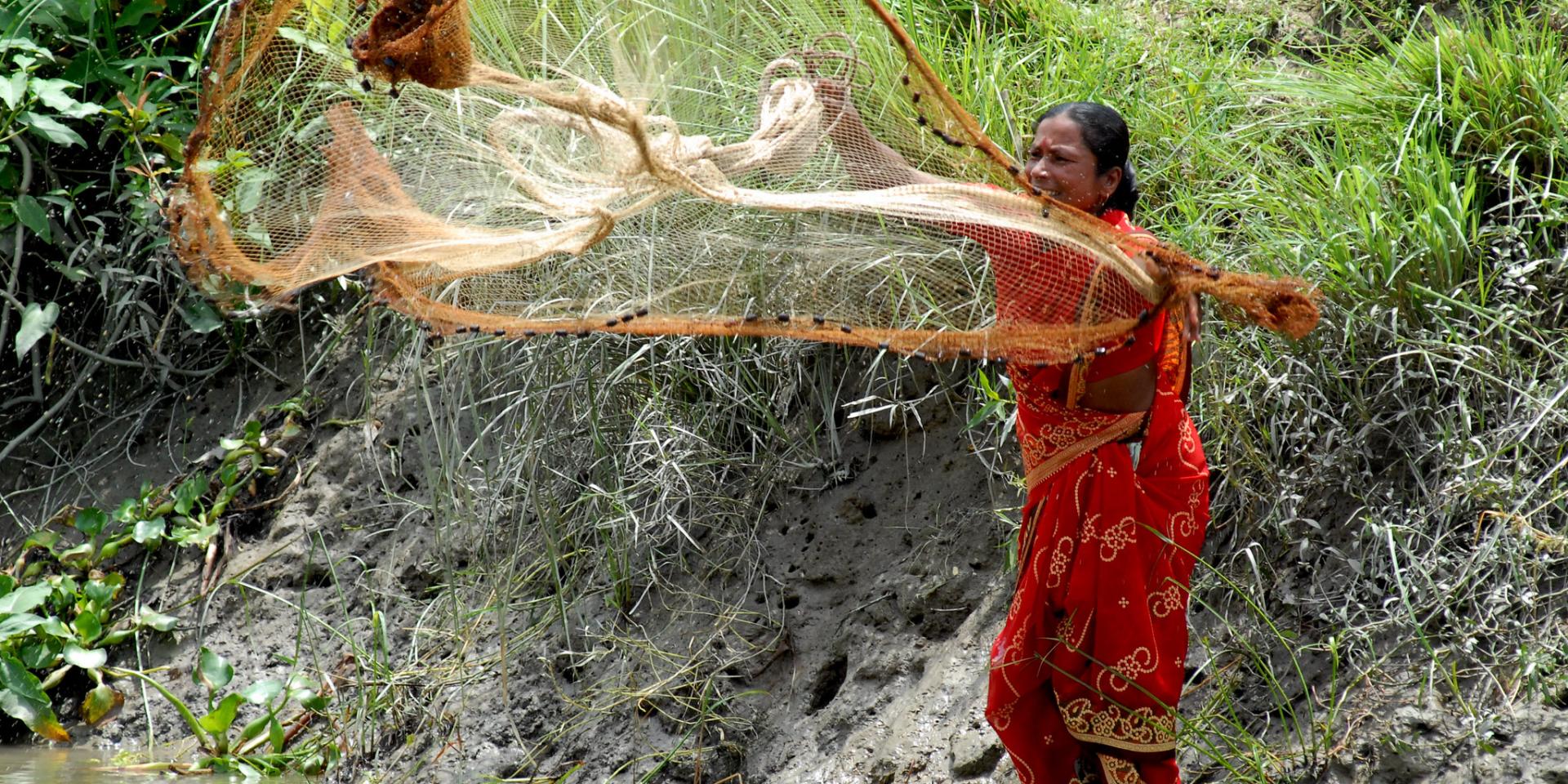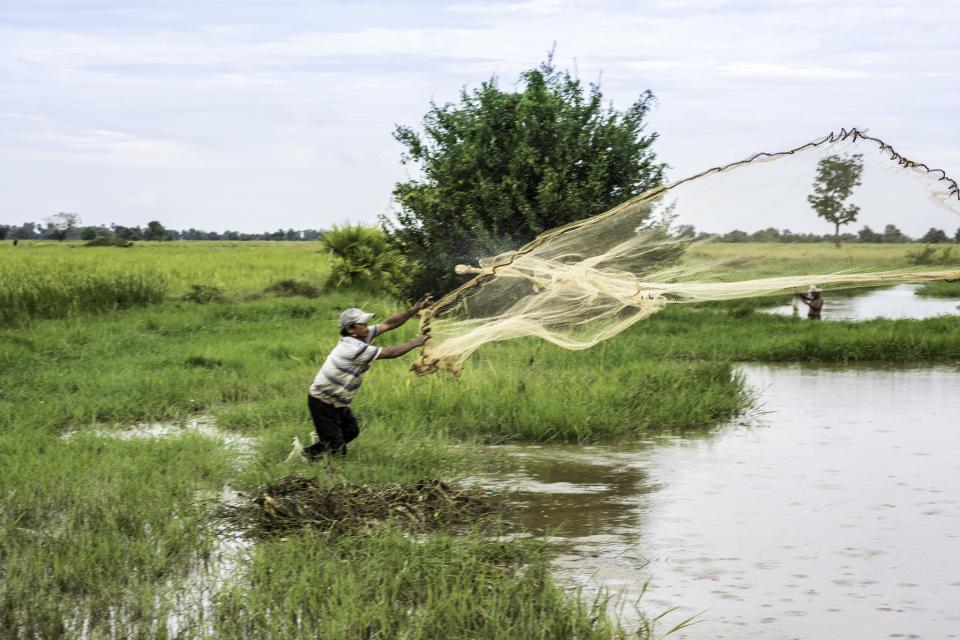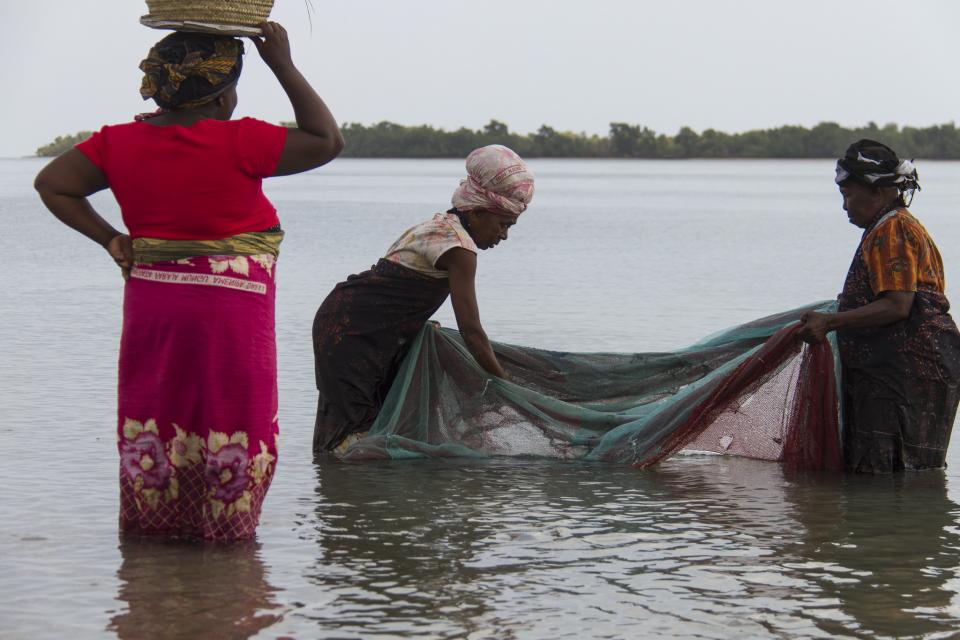Four strategies to achieve inclusive and equitable aquatic food systems
 Photo: WorldFish
Photo: WorldFish
Since 2014, women participation in aquatic food systems have reached about half of the workforce in the sector. However, their involvement is usually in less valuable supply chain nodes such as processing and trading.
In recent years, there has been some progress in advancing gender equality and women’s empowerment in parts of the world. Despite this laudable development, inequity and barriers still remain in most parts of the world that are heavily reliant on aquatic food systems for their food, nutrition and income security.
Barriers faced by women include limited access to and control over assets and resources, constraining gender norms, time and labor burdens of unpaid work, and barriers to sustaining entrepreneurship.
Women encountering such barriers and inequity have fewer opportunities and receive lower income compared to men. As a result, they are more likely to be entrapped in poverty and continue to be financially dependent on others.


